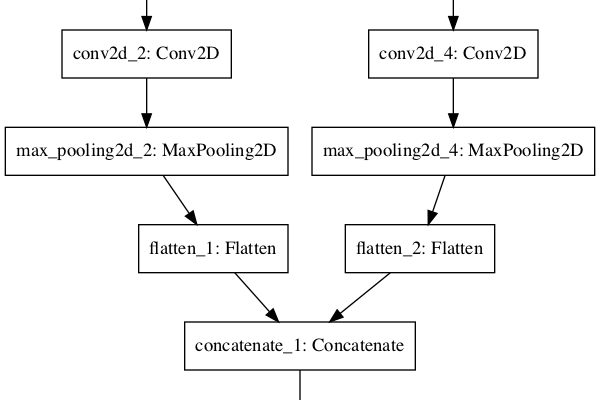How to Index, Slice and Reshape NumPy Arrays for Machine Learning
Last Updated on June 13, 2020 Machine learning data is represented as arrays. In Python, data is almost universally represented as NumPy arrays. If you are new to Python, you may be confused by some of the pythonic ways of accessing data, such as negative indexing and array slicing. In this tutorial, you will discover how to manipulate and access your data correctly in NumPy arrays. After completing this tutorial, you will know: How to convert your list data to […]
Read more








